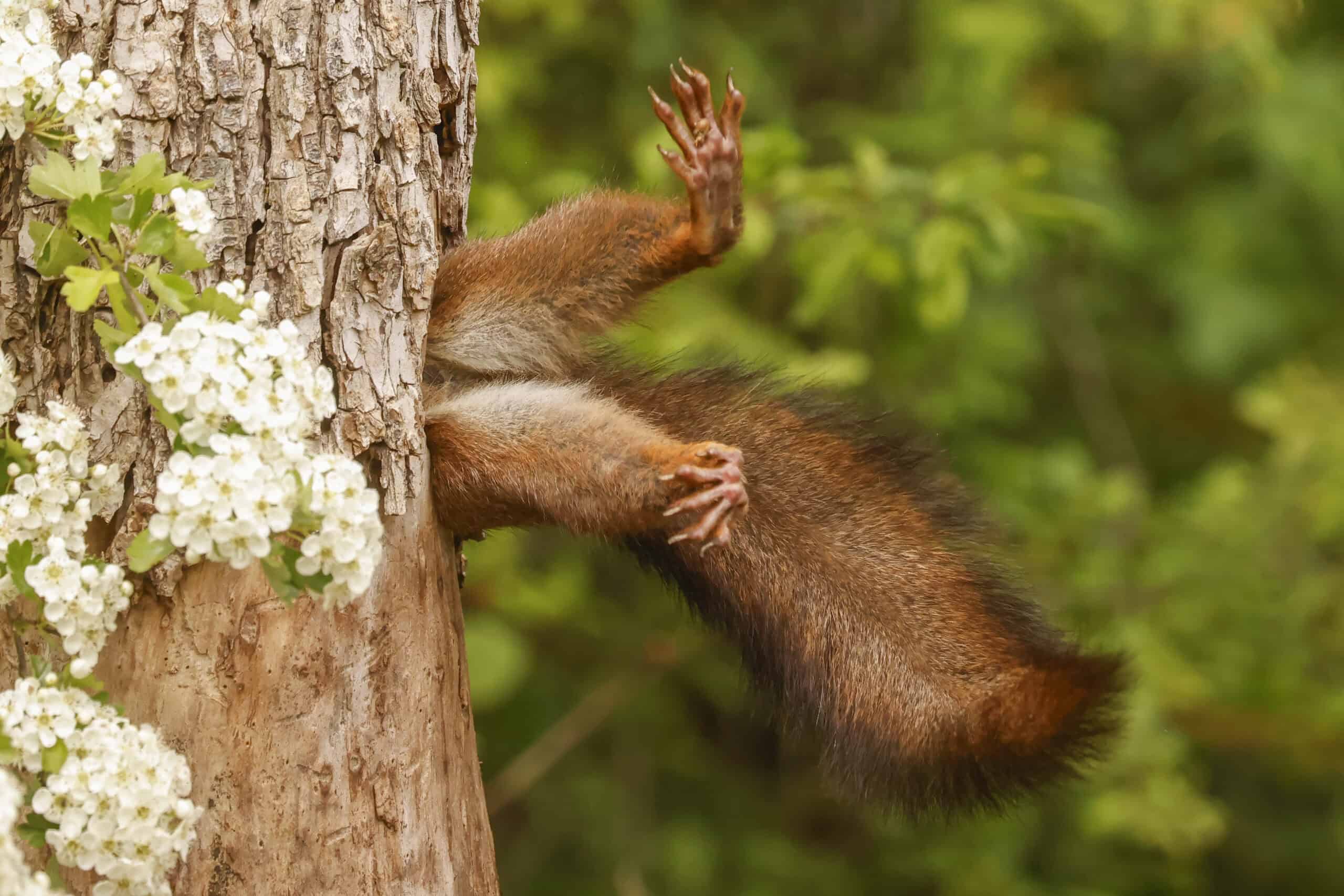Share this article
Wildlife Featured in this article
- white-tailed deer
Are deer a COVID virus reservoir?
Variants of the virus remain in white-tailed deer after humans no longer contract it
White-tailed deer continue to carry variants of SARS-CoV-2 after they are no longer found in people. That finding could point to deer possibly acting as reservoirs for the virus. As the pandemic has continued, researchers have found evidence of the virus infecting white-tailed deer (Odocoileus virginianus) that may have come in close contact with humans, whether through wildlife rehabilitation centers, wildlife feeding, wastewater or other possibilities. Scientists still don’t know the exact avenue of infection. But in a new study, scientists looked at the prevalence, genetic diversity and evolution of SARS-CoV-2 in white-tailed deer in New York to learn more about what it means if deer are infected, including if the ungulates may be a new wildlife reservoir for the disease. They found three variants of concern in the population, and they found that the variants were still circulating in deer four to six months after they were no longer found in humans. The variant had mutated in the deer, suggesting that it adapted to the species. That could make the virus more transmissible between them. The researchers plan to look deeper into this possibility. “Obviously, humans are still the primary reservoir and the likelihood of anybody getting SARS-CoV-2 is from another human rather than a deer,” Schuler said.
Read more in the Cornell Chronicle, and read the study in Proceedings of the National Academy of Sciences.
Header Image: White-tailed deer continue to harbor SARS-CoV-2 variants after they’re no longer found in humans. Credit: Jill Rogan








